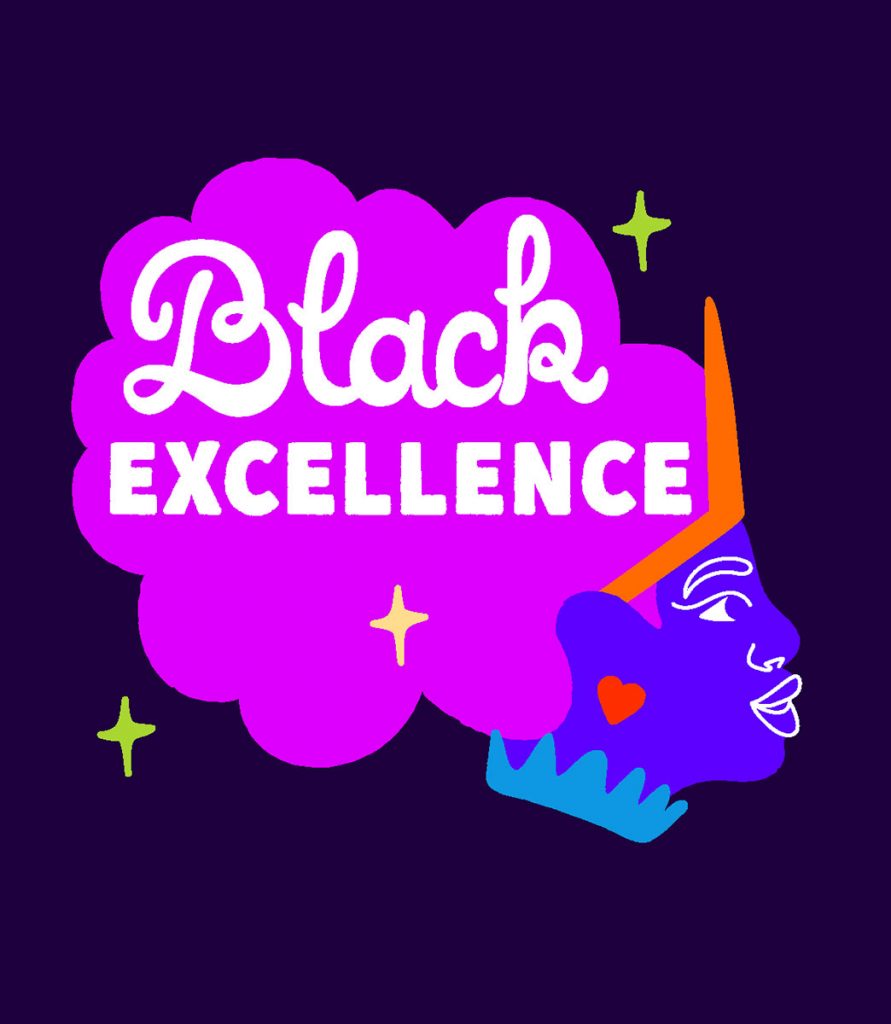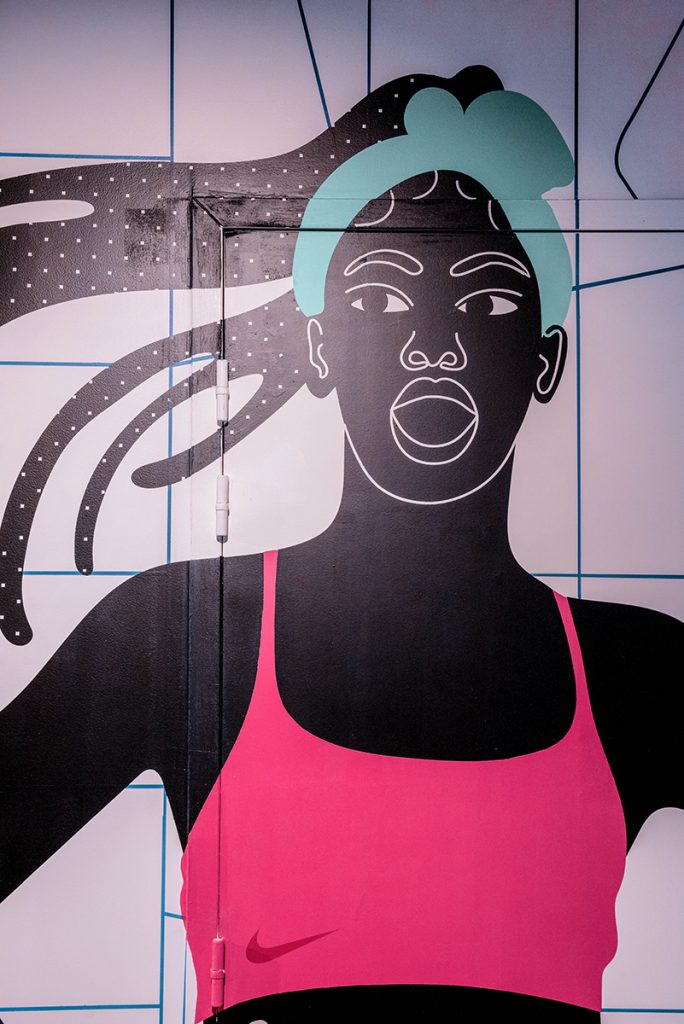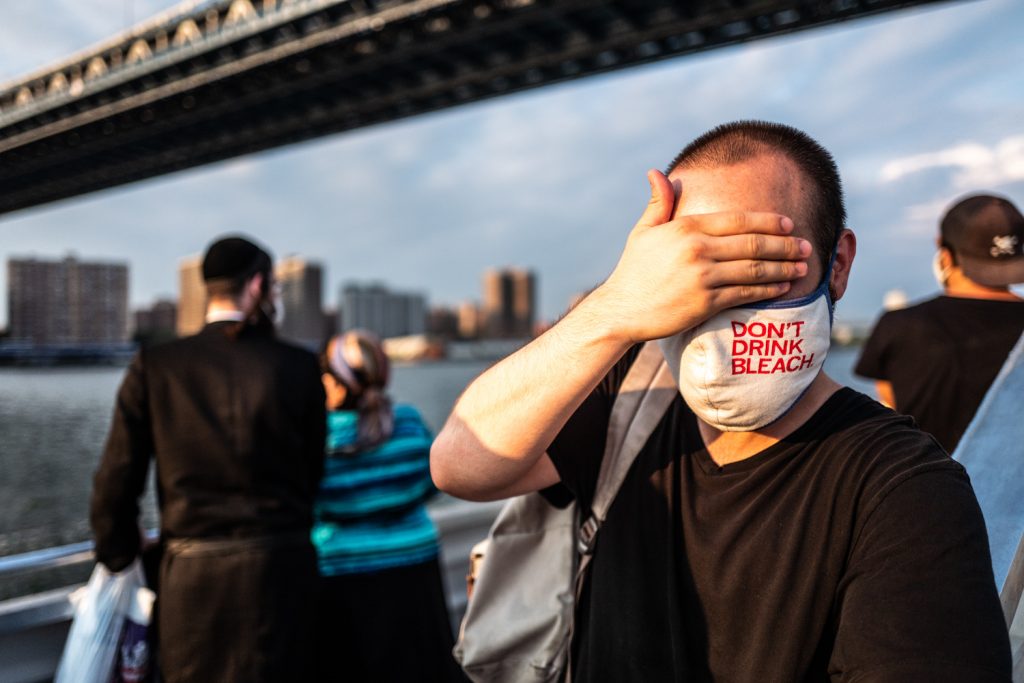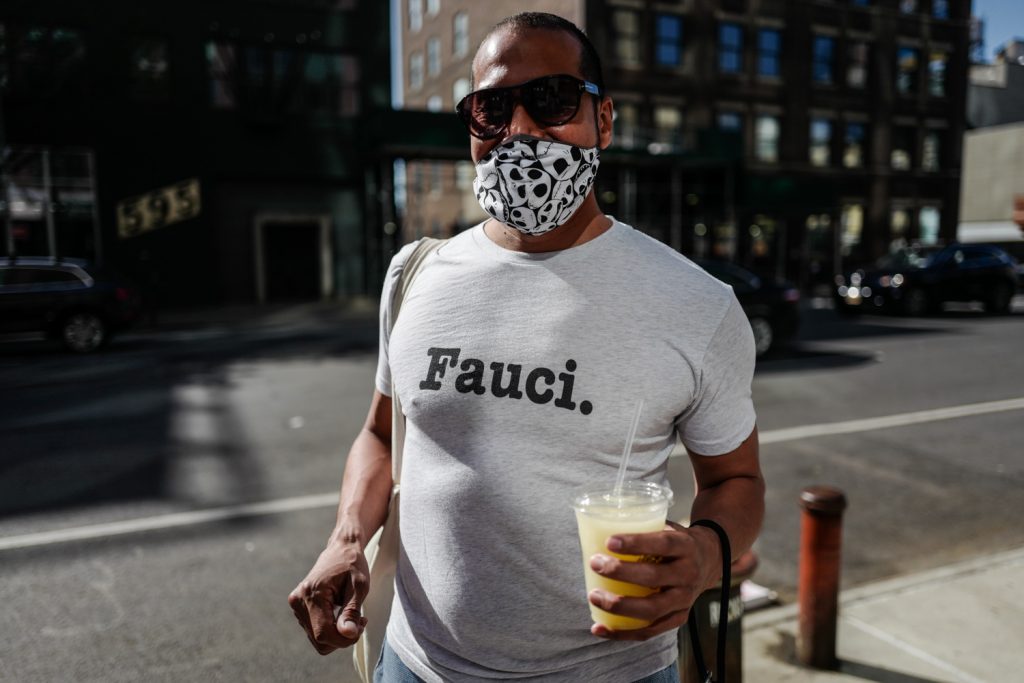Artsy explored the objects that defined 80s youth culture
I was born in November 1989 so I missed all but a month of the 80s and everything about its culture so this was cool to read from Artsy:
At the moment, our pop culture finds itself at peak ’80s nostalgia, as news outlets rush to publish their own guides to the decade’s easter eggs hidden in the third season of Stranger Things (2016–present). Those who came of age in the 1980s are now in their mid-forties, so perhaps it just makes sense that the kids who grew up are now showrunners, casting viewers in the nostalgic glow of their own youth.
One could also argue that ’80s nostalgia is on the rise due to some meritocracy of the decades—the eighties were just a cooler, quirkier, and kitschier time to be alive. My own recollections of the time are a murky haze of fleeting passions, both joyous and totally embarrassing. There are, for instance, the Garbage Pail Kids cards, which hit young male culture hard in 1985—pimply teens sneakily trading Boozin’ Bruce for Adam Bomb or Smelly Sally. I’ll never fully wash off the trauma of the humanoid animals residing in Zoobilee Zoo (1986–87). I’ll never live down listening to the Christian hair-metal albums by Stryper that my mom gently forced on me as an antidote to the more “satanic” alternatives. I’ll never forget the uncomfortable prominence of David Bowie’s codpiece in Labyrinth (1986).
More on the 80’s: Catch some retro 80s and 90s vibes with Retrogeist, Fumi Ishino’s ‘Index of Fillers’ chronicling Japanese culture in the 80s and 90s, and what if Game of Thrones was aired in the 80s?







